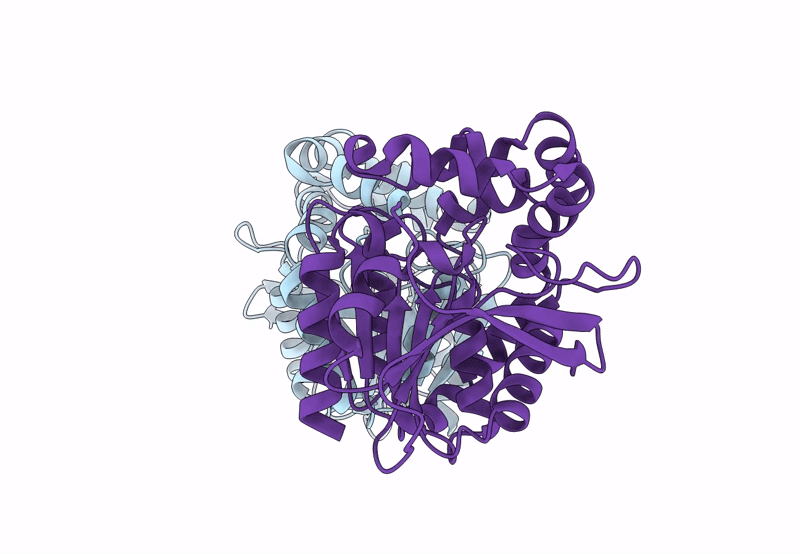
Deposition Date
2023-04-05
Release Date
2023-10-11
Last Version Date
2023-10-11
Entry Detail
PDB ID:
8OOH
Keywords:
Title:
Cryo-EM map of the focused refinement of the subfamily III haloalkane dehalogenase from Haloferax mediterranei dimer forming hexameric assembly.
Biological Source:
Source Organism:
Haloferax mediterranei (Taxon ID: 2252)
Host Organism:
Method Details:
Experimental Method:
Resolution:
7.00 Å
Aggregation State:
PARTICLE
Reconstruction Method:
SINGLE PARTICLE


